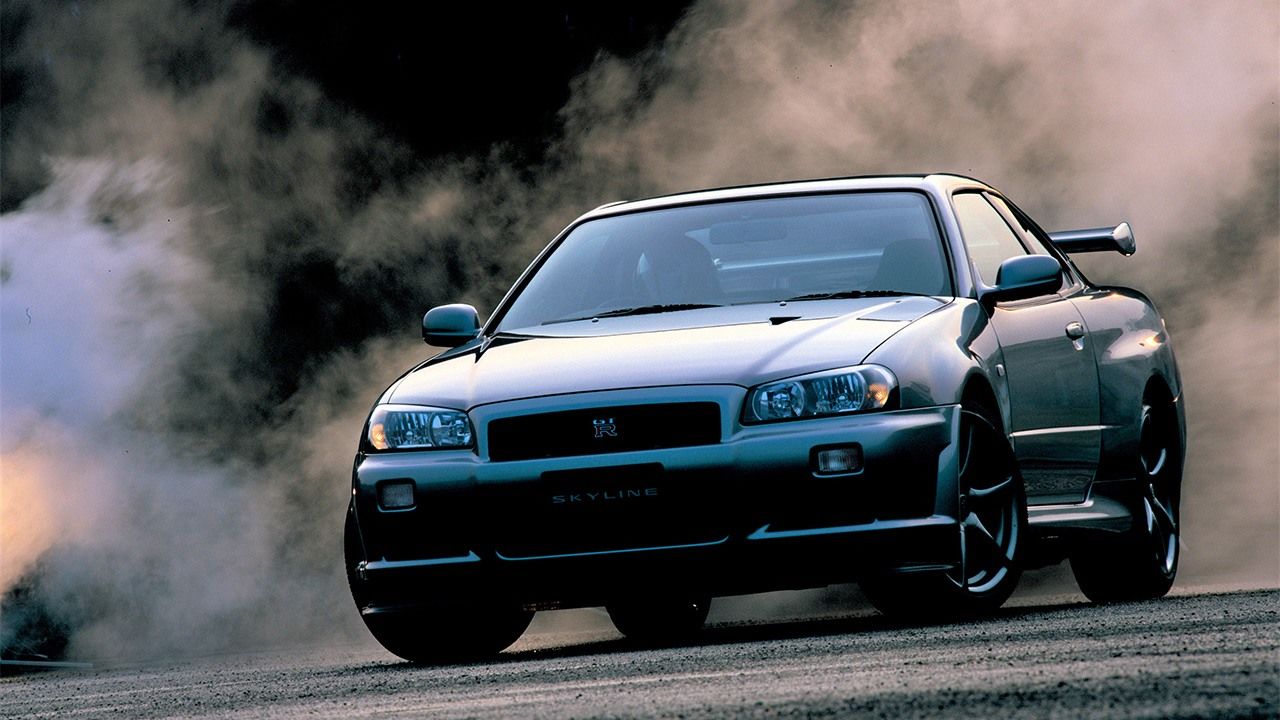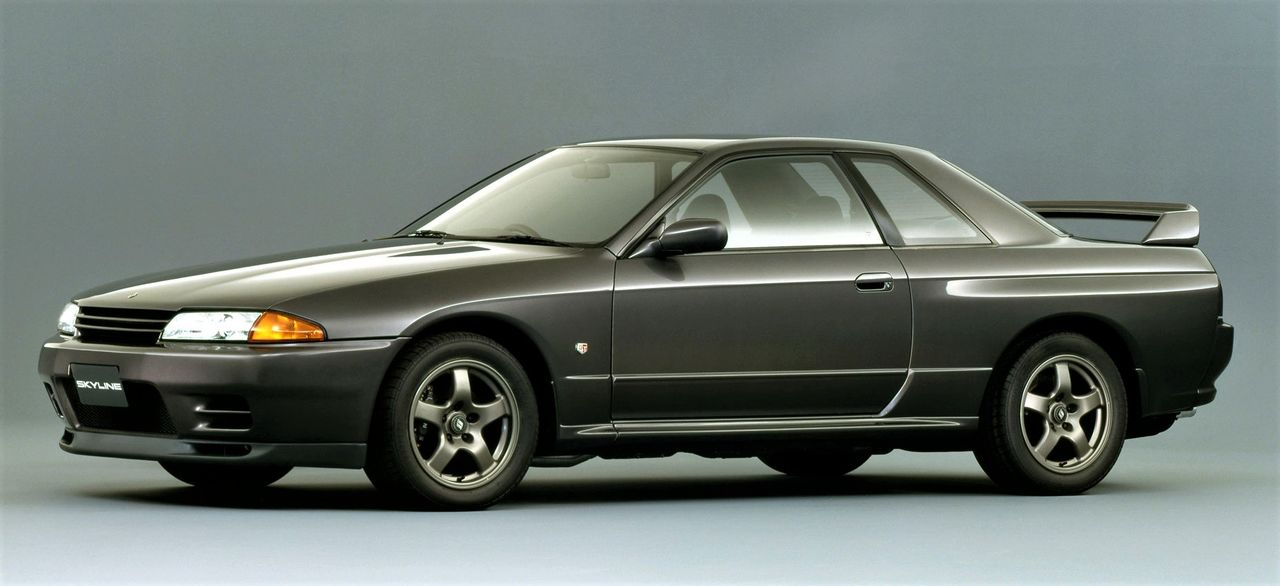
The Enduring Global Popularity of 1990s Japanese Sports Cars
Society- English
- 日本語
- 简体字
- 繁體字
- Français
- Español
- العربية
- Русский
The Golden Age of Japanese Cars
Japanese sports cars from the 1980s to the 1990s have become popular worldwide, and are increasingly catching the eyes of collectors, particularly in the United States.
One of the background drivers of this is the so-called “25-year rule” in the United States. To put it simply, this is a law that states a car that is at least 25 years old can be legally imported into the United States even if it does not comply with Federal Motor Vehicle Safety Standards. That means that, among other things, drivers can import older cars with steering wheels on the right side into the United States, which would normally require all steering wheels be on the left without special dispensation.
The 1990s saw a flood of new sports cars hit the Japanese market. One reason for that was the Plaza accord of 1985, a trade agreement that sought to correct for the Japan-US trade deficit. This triggered massive shifts in the relative strengths of the nations’ currencies, with the yen skyrocketing in value against the dollar, and supercharged the growth of Japan’s bubble economy growth against a backdrop of low interest rates set by the Bank of Japan. Many Japanese companies began to enjoy massive profits, and the domestic economy became incredibly active until it peaked in 1991.
Against that historical backdrop, Japan’s carmakers used their ballooning assets as backing to develop enthralling sports cars. The era through the 1990s became a golden age for Japanese cars. The models marketed in that period were all considered equal to Porsches or other high-end European sports cars, while remaining less expensive; their popularity has lasted for decades to this day.
At the same time, though, exhaust regulations have gotten stricter by the year, and as the move toward carbon neutrality has accelerated, production sports cars with high-performance engines are on the verge of extinction. This makes the great cars of the 1990s a natural target for popularity as collectibles.
Nissan Leads the Sports Car Boom
The spearhead for this sports car boom was Nissan’s “901 Activity,“ a project to achieve the world’s best car production techniques by the 1990s. If we turn the clock back a little to 1988, Nissan released the Silvia, greeted by young people as the ultimate “date car” for romantic cruising, and the Cima, a luxury sedan with a high-output engine with acceleration rivaling that of a sports car.

The Nissan Silvia launched in May 1988. Its elegant form made it popular as a “date car.” (© Nissan)
Then 1989 saw the launch of the Fairlady Z, which was the first Nissan to reach the 280-horsepower self-restraint limit that lasted for so long in Japan. The company also released the Skyline GT-R, developed to win All Japan Touring Car Championship Group A Class. This was the maker’s first mass-market car in 16 years to use the revived “R” grade designation, for “racing.”

The Nissan Fairlady Z was released July 1989. It was a long-lived model remaining on sale until 2000. (© Nissan)

The Skyline GT-R (BNR32 Chassis model) released in August 1989. Over 40,000 were sold up to the end of 1994. (© Nissan)
The Skyline GT-R ended up getting major attention from overseas car lovers. As a purely domestic market model, it was wrapped in a veil of mystery abroad, but magazines and other media offered glimpses that made its high performance known worldwide. Interest was particularly strong in foreign markets, where it earned the nickname “Godzilla.”
When the Skyline GT-R cleared the 25-year rule in 2014, collectors in the United States and the rest of the world began snapping them up. Prices on the Japanese used car market skyrocketed, and while we may have passed the peak, they remain high today.
With that groundwork in place, the 1990s saw car companies besides Nissan begin serious work on sports car development and sales. That decade saw the release of a roster of cars that many still love, like the Toyota Supra; the Mazda RX-7; the Honda NSX, Civic, and Integra; the Mitsubishi Lancer Evolution, GTO, and FTO; and the Subaru Impreza.

The Toyota Supra went on sale in May 1993. It achieved particular popularity in the United States and was used in the movie The Fast and the Furious. (© Toyota)

The Mazda RX-7, launched in October 1991, was powered by a unique Wankel rotary engine. (© Mazda)

Honda launched the NSX (marketed as the Acura NSX in the United States) in September 1990. It was a sports car in true with its mid-engine layout and all-aluminum body. (© Honda)

The Mitsubishi Lancer Evolution was launched in September 1992. It remained popular through repeated model changes until the Lancer Evolution X, which was discontinued in 2015. (© Mitsubishi)

The Subaru Impreza, launched in November 1992, made its World Rally Championship debut in 1993. It won three consecutive titles from 1995. (© Subaru Tecnica International)
After the bubble burst in the early 1990s, the ensuing years of economic recession became known as the “lost decade,” but for the domestic car market it could more rightly be called a “miraculous decade.” The Japanese auto field has never seen a 10-year span, before or since, with such a rich lineup of sports cars.
On top of the ample development funding, car manufacturers engaged in friendly competition, and their cutting-edge technology and precision quality, which infused Japan’s sports cars in the 1990s, are deep reflections of Japan’s particular aesthetic sense. That has not faded over the years, but rather represents a unique character that the cars of today cannot match.
The Power of Media
At the same time, the influence of entertainment like the realistic driving Gran Turismo video game series and The Fast and the Furious film franchise have sparked a new fever for Japanese sports cars in the United States.
The first Gran Turismo game went on sale in 1997 and spawned a megahit series selling a total of over 90 million units worldwide. The cars appearing are detailed reproductions of actual ones, and it includes real racing circuits and public roads as courses. As such, it offers a highly realistic simulated experience of driving these cars for those who cannot ride them in real life, which has helped spur the popularity of Japanese sports cars.
Then came the first Fast and the Furious film in 2001. The franchise is built around illegal street racing, and has become a fan favorite, with 10 installments to date. The movies often feature highly customized and souped-up Japanese sports cars. Lead character Brian O’Conner (Paul Walker) drives a flashy orange Supra in the first one, then switches to a silver Skyline GT-R and gold Lancer Evolution in the second. His partner Dominic (Vin Diesel) drove an RX-7 in the first movie.
The Fast and the Furious had a huge impact in the creation of the so-called JDM custom car class in the United States. JDM originally stood for “Japanese domestic market,” but now is focused on compact Japanese sports cars like the Civic or Integra imported with Japanese specs but customized and tuned to unique American tastes.
Another Influence
The practice of taking those sports cars and tuning them individually to bring out another level of performance is another element of Japanese car culture that has been shared with the world. The roots of that can be found in the Minor Touring races that reached their heights in the 1970s. These featured mass-market cars with engines below 1,300 cubic centimeters of displacement that drivers would adjust and improve to eke out more horsepower.
A major turning point for the practice came in 1995 with a revision to the Road Transport Vehicle Act and a deregulation of auto parts. Tuning had technically been illegal before that, but was then almost completely legalized, resulting in an environment where more drivers could enjoy customization and tuning. The stars of that show, of course, were the sports cars of the 1990s.

The Nissan Skyline GT-R (BNR34 model) released in January 1999. It was the last GT-R to be equipped with an in-line six-cylinder engine. (© Nissan)

The Honda S2000, launched in April 1999, was Honda’s first front-engine/rear-wheel drive (FR) sports car in 29 years, and its last. (© Honda)
Considering the 25-year rule, the focus in the near future is likely going to be on the sports cars released in 1998-99. That list is topped by Nissan’s GT-R model known as the R34, which has already reached tens of millions of yen on the used market. Others that are sure to become popular are the Toyota Altezza, which is a rare Japanese FR layout sports sedan, or the high-rev, high-output-engine FR two-seater convertible Honda S2000.
(Originally published in Japanese. Banner photo: The R34 model Nissan Skyline GT-R, currently the most expensive Japanese sports car of the 1990s. © Nissan.)
